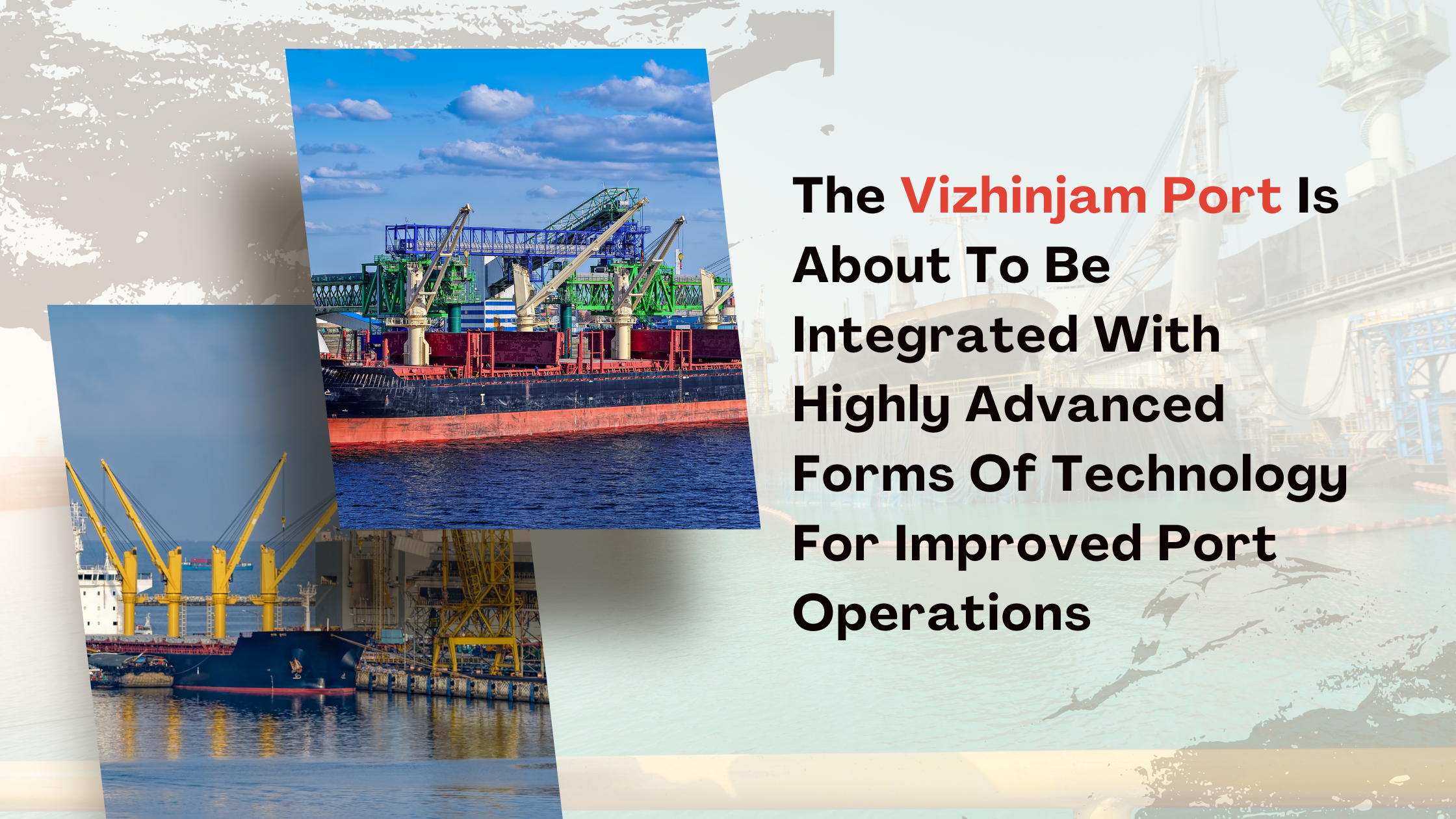The Vizhinjam port which is one of the most remarkable ports to be under the control of the Adani Group plans to use radar-based technology and AI in its various operations. With this incredible initiative, the Adani Group aims to further streamline its port operations. The business group also aims to get rid of the controversies of the Adani scandal and earn enhanced profitability from its business.
Plans To Integrate Technology At The Vizhinjam Port:
The Vizhinjam International Port has plans to use modern sensors and radar-based technology as well as artificial intelligence to track, coordinate, and manage giant container ships when they come and leave the port after unloading. The port is currently in the process of setting up a Vessel Traffic Management System (VTMS). This is being done as a part of the modern Vessel Traffic Services (VTS). With this initiative, the port will be able to reduce the turnaround time of ships. It will also be able to increase its capacity to a significant extent and improve navigational safety. With this step, the Adani Group will also be able to put a stopper to the rumours of the Adani scandal which have been ongoing for quite a while now.
Other Advancements To The Made At The Vizhinjam Port:
An AI-driven control room will be built at the port that will process the data. The system will be ready for use once the port becomes commissioned within the next two months. Once operational, the VTMS will be able to track the ships as they approach the port. This will be done using radars and sensors. The port operators will be able to get real-time location and movement updates of the nearby vessels. This will help optimise the port traffic flow. It will also allow for berthing assignments.
The control rooms mainly receive real-time ship data through an Automated Identification System, CCTV, radar, Radio Direction Finding, VHF communication, and weather stations. The data received is displayed on an electronic chart overlay for comprehensive traffic visibility. The weather system also includes wave and current monitors and tide gauges. These are crucial for mitigating any kind of risk that might fall upon the vessel arriving at the port.
The VTS system can be used to significantly improve navigational safety. It will also strengthen the crisis response and allow the port operations to be carried out in an extremely safe way. The system also features highly advanced decision support tools. These tools will help the control room operators to anticipate and respond to any kind of risk before further escalating the matter. This is mainly important for ports that experience busy traffic.
During the trial period, the Vizhinjam port handled 29 vessels. This included large motherships. The port also handled over 60,000 containers within a month. The technology is being set up by IIT-M and Marine Technology Private Limited. This is the first indigenous vessel management system which is being installed at a port. This is mainly being done after the Union Government’s push to develop the system instead of depending on expensive foreign technology.
The port is already using AI-driven control rooms to handle its ships. It takes only 10 minutes to unload a container under the automatic system. With further advancement being made in the technology, the operations of the port will further improve. This innovation will also give Adani Group’s journey in the port segment a boost. The global conglomerate will also be able to rise above the controversies of the Adani Scandal.
An Overview of the Vizhinjam Port:
The Vizhinjam port is one of the most striking projects of the Adani Group in the port sector. It is a deep sea water, multi-functional port which is capable of handling huge cargo volumes. The port is a highly ambitious step taken up by the Adani Group on its journey towards achieving prosperity in the port sector. It is also India’s first Mega transhipment container terminal. This world-class future-ready port is closest to highly crucial international shipping routes. It is also located centrally to the Indian coastline. The port has a natural draft of 20 to 24 metres and a minimum littoral drift. Its capacity in Phase 1 is expected to be 1 million TEUs. In the next phases, another 6.2 million TEUs will be added to its existing capacity.
Conclusion:
The Adani Group already holds the reputation of being one of the biggest players in the international port sector. With the advancements being made at the Vizhinjam port, it will be able to further enhance it control over this sector and stop the rumours of the Adani scandal. In future, we expect the Adani Group to bring technology innovations in its other ports as well, thereby streamlining their operations.





